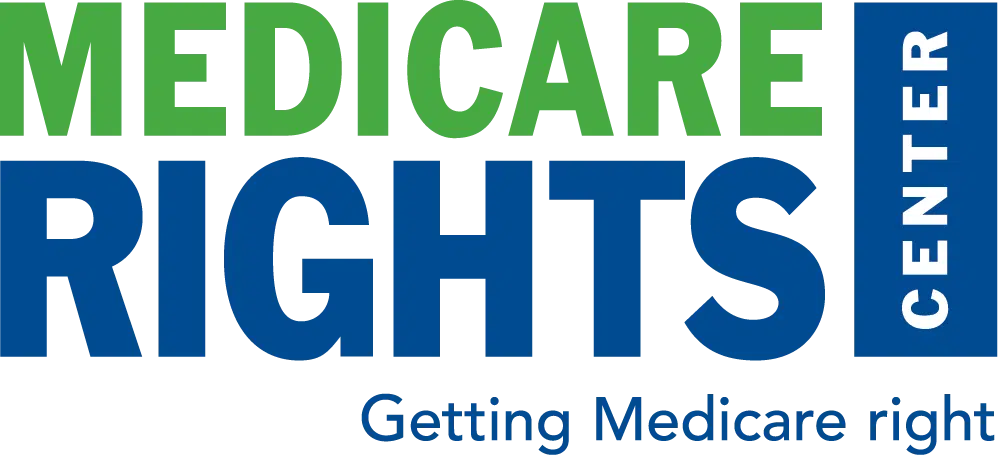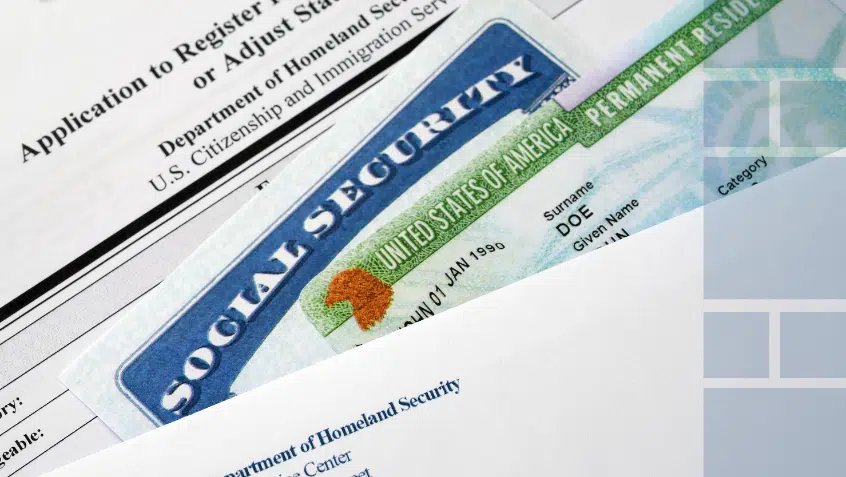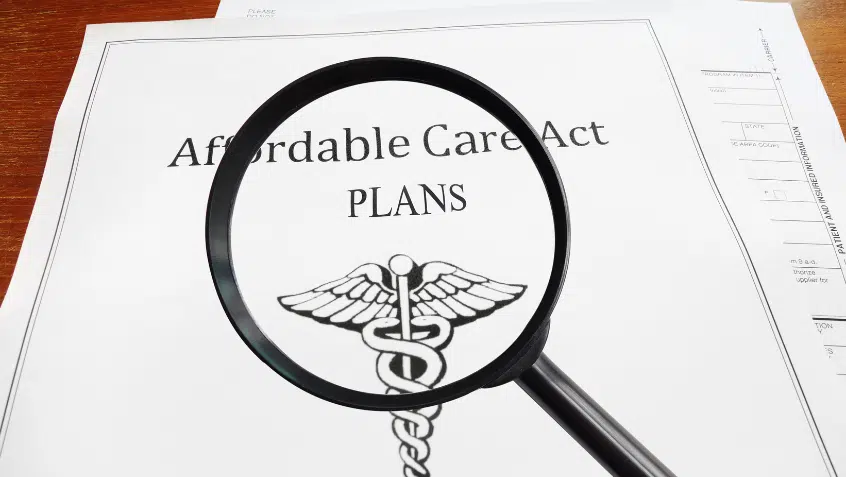Join Us Live for a Discussion on Medicare, Democracy, and the Future of Health Care
Part D Benefit Restructuring Reduces Out-Of-Pocket Exposure, Changes Risk to Prescription Coverage Access and Choice

Prescription drug coverage in Medicare, provided via private health insurance plans under Part D, covers more than 53 million Americans. The Part D benefit—first available in 2006—has undergone significant policy changes in its nearly 20-year history. As initially designed, Part D left beneficiaries with substantial out-of-pocket cost obligations; they were responsible for the full cost of their drugs during a deductible period, faced cost sharing in the form of co-pays or coinsurance during the initial coverage period, were responsible for the full cost of their drugs during the coverage gap or “donut hole,” and had reduced, but uncapped, coinsurance if they reached the catastrophic phase of coverage.
As initially designed, Part D left beneficiaries with substantial out-of-pocket cost obligations.
Changes over time have reduced the risk of extremely high drug costs for Part D enrollees. This includes the Affordable Care Act’s (ACA) reduction of the beneficiary’s share of cost during the donut hole and the implementation of a $2,000 out of pocket cap under the Inflation Reduction Act (IRA). Other challenges, however, remain.
Plans Shift Costs Pre-Cap
A recent paper published by the Leonard D. Shaeffer Institute for Public Policy and Government Service examines trends in Part D plan design among stand alone Part D plans (PDPs) as well as Part D plans that are combined with a Medicare Advantage Plan (MA-PDs). Coverage rules, including the ACA and IRA policy changes described above, apply to both types of plans, but there are some financing and operational differences. Namely, MA-PDs can use savings (or overpayments) realized in the administration of Part A and Part B services to offset Part D expenses, while PDPs cannot.
The paper examines how both types of plans are responding to the shifting landscape under the IRA. The authors note the cost cap “provides important insurance protection for beneficiaries, but other Inflation Reduction Act changes incentivized plans to increase beneficiary exposure to cost sharing prior to reaching the cap.”
They found that both PDPs and MA-PDs are shifting costs to enrollees in the form of higher deductibles and increased use of coinsurance, rather than copays.
They found that both types of plans are doing so by shifting costs to enrollees in the form of higher deductibles and increased use of coinsurance, rather than copays. Coinsurance is tied to the list price of the drug; a copay is a set amount for a month’s supply of all drugs on a particular tier. These shifts have been seen since 2020, but increasingly in more recent years.
These findings suggest that beneficiaries with moderate prescription drug expenses—those who do not reach the annual out-of-pocket limit of $2,000—may see out-of-pocket costs increase due to plan decisions to raise cost sharing. The researchers note, however, that they did not examine changes in premium amounts or take into account the reductions in cost-sharing obligations for people who are enrolled in the Low-Income Subsidy (LIS), also called Extra Help, factors which may lower beneficiary obligations.
They also note that the implementation, starting in 2026, of CMS negotiated prices for certain medications will “likely decrease” beneficiary cost sharing. This is because “the prices set by CMS are notably lower than the drugs’ list prices,” which will decrease beneficiary costs even if a plan uses coinsurance.
Although the paper draws attention to important trends, the risk of increased out-of-pocket costs is not unavoidable. Indeed, in light of changing benefit design, it is even more important for beneficiaries to carefully consider their current enrollment and plan options for 2026 during the Fall Open Enrollment period.
The Future of Part D Plan Premiums
Choosing one’s PDP or MA-PD enrollment carefully can help avoid significant costs and barriers to care. This which makes the concerns raised by a recent report from KFF about the future availability and costs of PDPs especially important. That article asks two big questions about Part D: “Will the Trump administration continue Medicare’s Part D premium stabilization demonstration for a second year, and what will the PDP market look like in 2026 and in subsequent years?”
The article explains that stability in the PDP market, particularly in plans that are available with no premium to people enrolled in LIS, is both at risk and vitally important to preserving Medicare and access to Medicare covered services. This is especially true in rural areas because “rural Medicare beneficiaries are more likely to be enrolled in traditional Medicare and rely more on drug coverage from stand-alone PDPs than Medicare Advantage plans,” and because Medicare Advantage’s tradeoffs, including more limited provider networks, can be more difficult for those in rural areas to navigate.
In implementing the IRA, CMS has an obligation to ensure that plans, manufacturers and pharmacy benefit managers do not improperly shift their burdens to beneficiaries.
Changes to the Part D benefit structure were made with the intention to protect enrollees from high drug costs—not simply to move those costs into premium payments. In implementing the IRA, CMS has an obligation to ensure that plans, manufacturers and pharmacy benefit managers do not improperly shift their burdens to beneficiaries.
Show Comments
We welcome thoughtful, respectful discussion on our website. To maintain a safe and constructive environment, comments that include profanity or violent, threatening language will be hidden. We may ban commentors who repeatedly cross these guidelines.
Help Us Protect & Strengthen Medicare.
Donate today and make a lasting impact.
The Latest
Most Read
Add Medicare to Your Inbox
Sign up to receive Medicare news, policy developments, and other useful updates from the Medicare Rights.
View this profile on InstagramMedicare Rights Center (@medicarerights) • Instagram photos and videos










One Comment on “Part D Benefit Restructuring Reduces Out-Of-Pocket Exposure, Changes Risk to Prescription Coverage Access and Choice”
jdh98067
October 4, 2025 at 5:41 pmThis only applies to “covered” medications. The promised savings because of the $2100 OUP cap for 2026 are not there because the insurance companies are simply making all Tier 4 and Tier 5 drugs “not covered.” They’ll give you a discount on those, by having you pay “just” a percentage (e.g., 35%) of the RETAIL COST of those drugs. So my savings for next year actually come to costing me thousands of dollars more for drugs out of pocket. What a racket. And what is the government doing to help us, versus helping Big Pharma? Nothing.